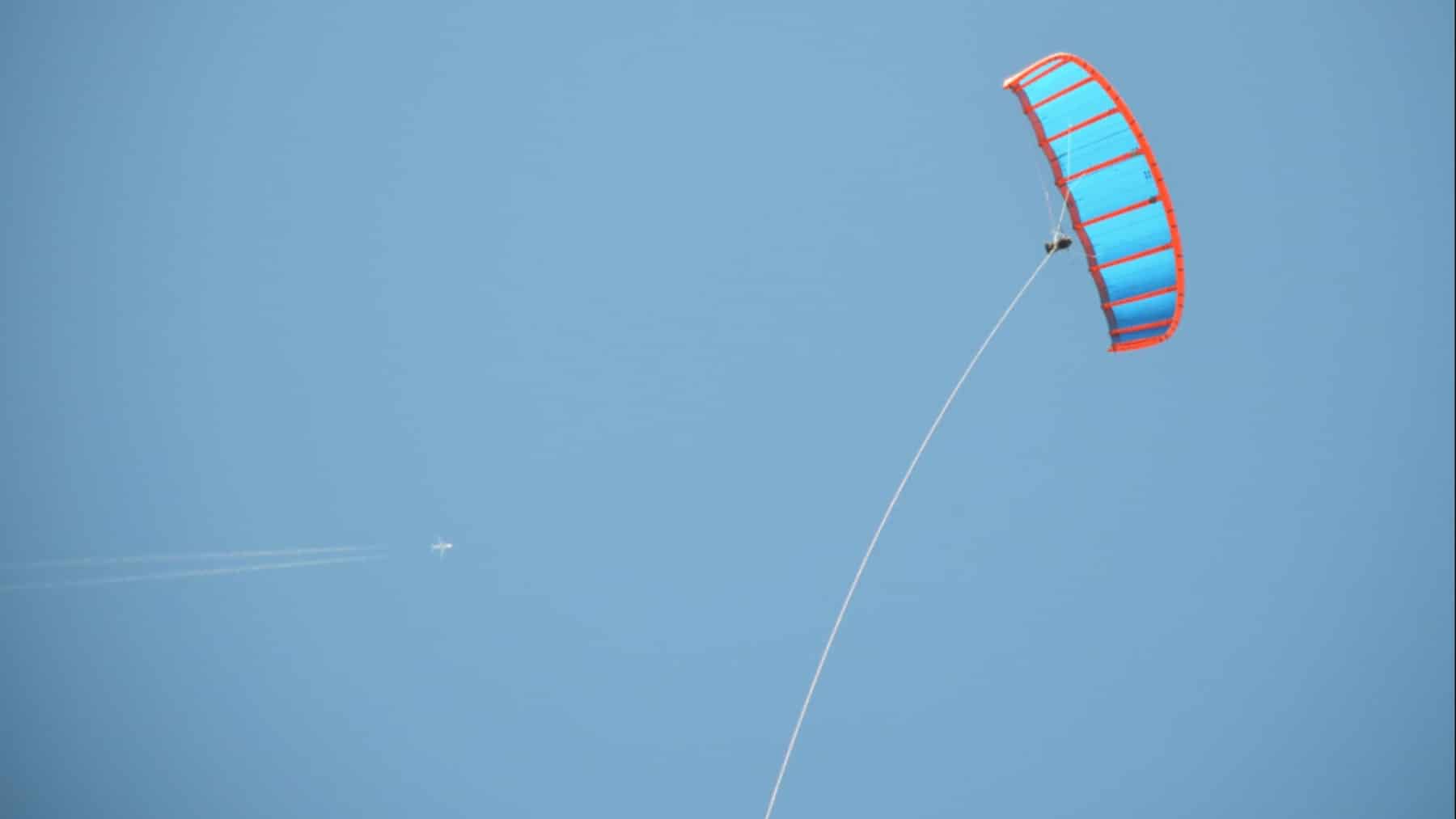Europe is considering what wind innovation could mean and in doing so, Europe’s airborne test in Western Ireland is secretly underway with shocking results. The wind invention is being flown by researchers about 1,300 feet in the air with the intention of generating electricity by using high-altitude wind currents. The project is led by the Dutch firm Kitepower. Kitepower promises a lightweight and flexible solution for energy generation challenging China’s solar dominance.
China’s solar dominance challenged by kite power
Kitepower has provided an airborne wind energy system (AWE) that has a 100 kW performance potential. However, the real reason why Kitepower’s flying kite challenges China’s solar dominance is that it has minimal land requirements and it can unlock potential in places where other traditional wind turbine systems and solar panels fall short.
The tethered kite can fly 1,300 feet above the ground and pulls on a cable connected to a generator on the ground while spinning to produce electricity. Once it has been fully extended, the kite gets pulled back, and the system begins again. What seems like an energy-generating spring, is this system that is fully autonomous. The system relies on advanced software developed by Delft University of Technology in the Netherlands.
Thus far, the system is able to generate 30 kW per hour and can charge with a 336 kWh battery, which means that as it is the system can provide power to a remote village. However, beyond just the power that can already be generated from this fully autonomous system, the mobility offered by the system makes it a sure winner. This kite power system deploys in just 24 hours unlike other traditional wind turbine systems.
Europe’s airborne test proves the kite’s resilience
The wild Atlantic coast of Ireland proved to be the ideal testing grounds, particularly since Storm Eowyn hit in 2025. During Storm Eowyn in January, the power generating system by Kitepower continued to run strong. Many other traditional energy generating systems in Ireland struggled with outages during this time, but Kitepower’s system showed resilience.
The system would, as such, be best for areas where grid reliance is unstable and where there is limited access to diesel. Should Kitepower’s energy-generating system be paired with batteries, the resulting energy would be phenomenal. With Kitepower’s tethered flying kite, carbon emissions and the costs linked to traditional energy generators can be reduced.
According to Andrei Luca, Head of Operations at Kitepower, adding additional kites would mean bumping up the the energy generation possibility to 100 kilowatts or more. Europe’s airborne test surely does indicate that Kitepower’s invention is here to challenge China’s solar dominance.
Addressing the apparent gaps in China’s energy game
Although China is known for dominating the global solar photovoltaic market, the solar market itself is not without constraints. Solar systems tend to requie larger areas for installation and tends to perform badly at times when there is hardly any sun. Weather conditions could also affect the performance of solar systems. While the kite is challenging solar systems, could the kite be destroying wind turbines as well?
While it seems like Kitepower’s kite is threatening China’s solar dominance and the dominance of traditional wind turbines, the company is actually providing an alternative to solar power generation. At a fraction of the land area required for solar installations, Kitepower’s kite can offer clean electricity. The space that is required for this kite is 6 X 2,5 meters per unit. Ultimately, Kitepower’s energy system is best for areas with limited buildable land as well.
Where Kitepower fits into the European equation?
The Irish government has set energy goals which includes generating 20 GW of offshore windpower by 2040 and 36 GW of wind power by 2050. To meet the Irish government’s goals, wind farms alone are not enough. New technologies like the kite by Kitepower can help with delivering cleaner and faster energy. While Kitepower still has to overcome some challenges, the renewable energy future looks good for this kite flying high up into the skies. Already, America’s 750-meter kite is rewriting wind energy by drawing power from the skies.
Disclaimer: Our coverage of events affecting companies is purely informative and descriptive. Under no circumstances does it seek to promote an opinion or create a trend, nor can it be taken as investment advice or a recommendation of any kind.














